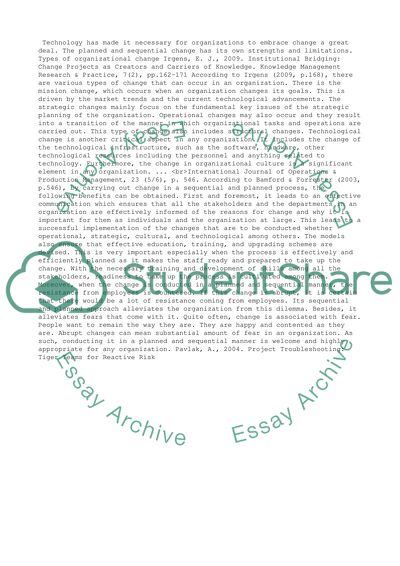Cite this document
(“Several authors have conceptualized change as a planned, sequential Essay”, n.d.)
Several authors have conceptualized change as a planned, sequential Essay. Retrieved from https://studentshare.org/management/1461845-several-authors-have-conceptualized-change-as-a
Several authors have conceptualized change as a planned, sequential Essay. Retrieved from https://studentshare.org/management/1461845-several-authors-have-conceptualized-change-as-a
(Several Authors Have Conceptualized Change As a Planned, Sequential Essay)
Several Authors Have Conceptualized Change As a Planned, Sequential Essay. https://studentshare.org/management/1461845-several-authors-have-conceptualized-change-as-a.
Several Authors Have Conceptualized Change As a Planned, Sequential Essay. https://studentshare.org/management/1461845-several-authors-have-conceptualized-change-as-a.
“Several Authors Have Conceptualized Change As a Planned, Sequential Essay”, n.d. https://studentshare.org/management/1461845-several-authors-have-conceptualized-change-as-a.


